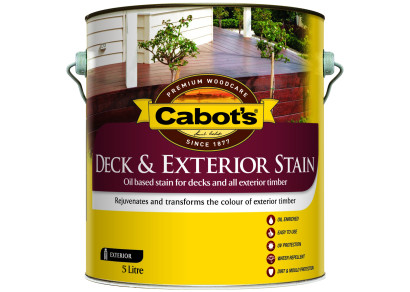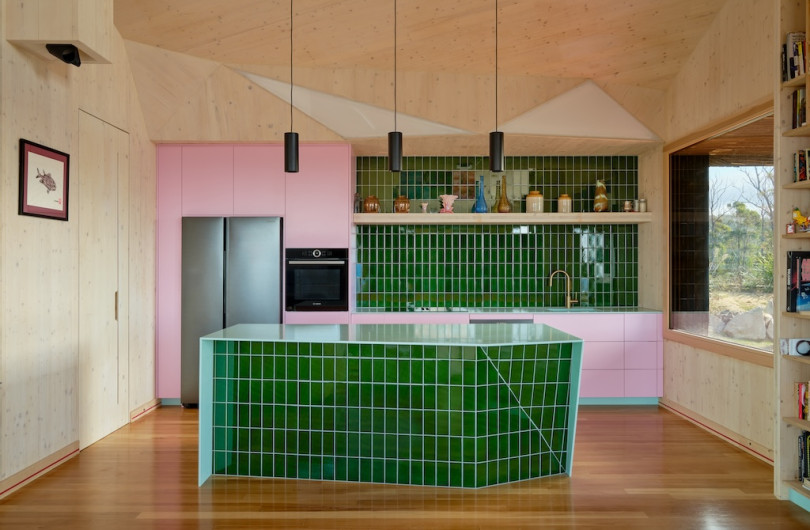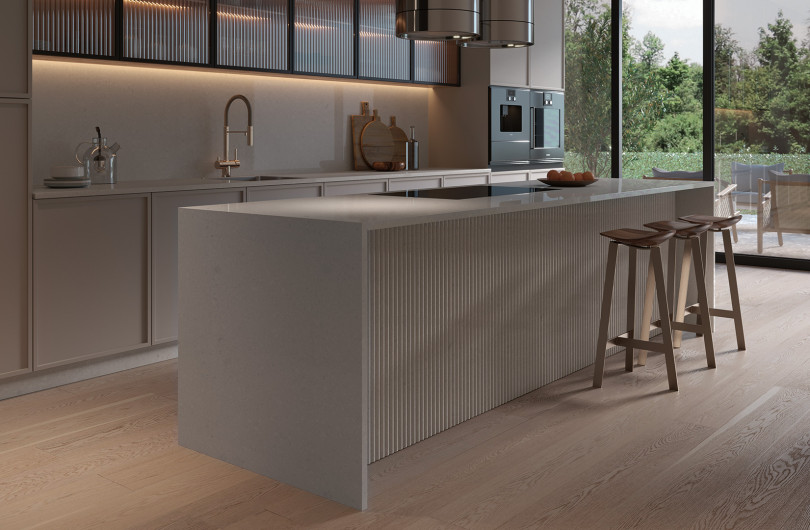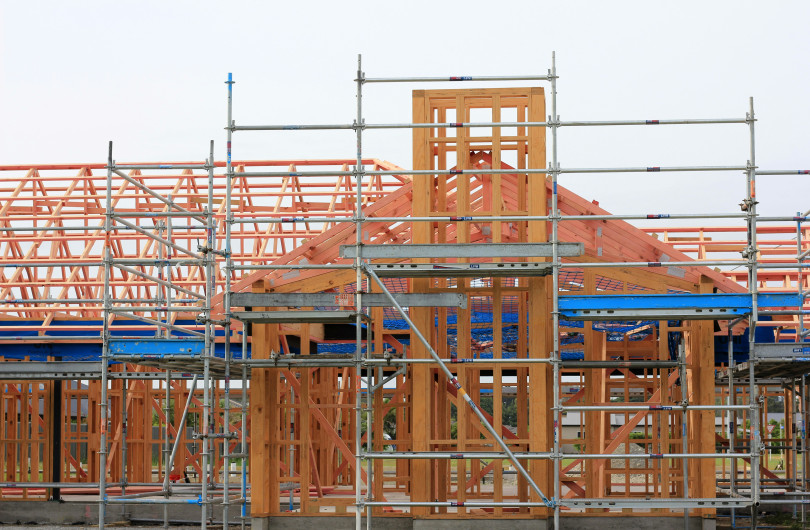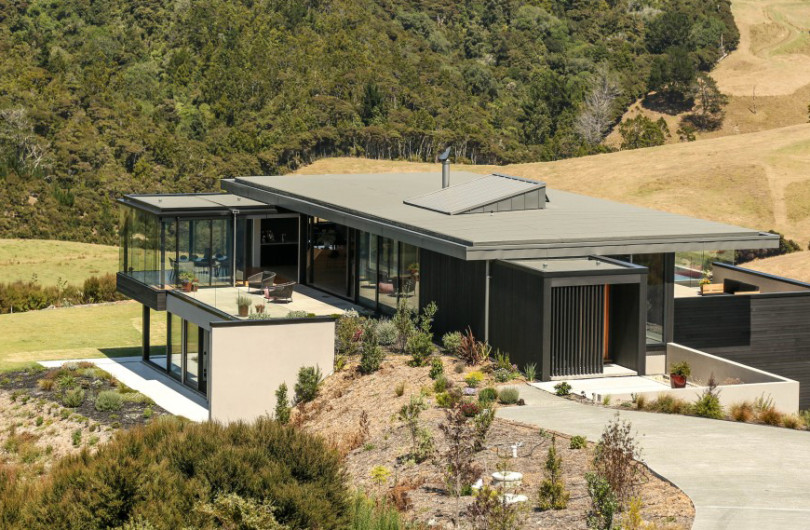Hidden Price Impacts
2. Hidden price impacts and sustainability of our supply chain
As noted, cost pressures due to increased freight cost and management of freight are having a big impact on supplier cash flow. However, further data within the survey suggests that while the demand aspect of the industry has been hit with substantial price increases in the last six months, the full impact of supplier cost increases has not been realised by the market.
We asked suppliers to rate how much their cost to buy in and their cost to sell at had changed over the last six months. While over half say that their buy-in costs have increased significantly, only 16% say that the cost they sell at has increased significantly. What’s more, only 11% predict that they’ll increase their cost to the market significantly in the next six months.
What this suggests is that margins are heavily squeezed for suppliers. They can’t pass on the full cost of increases to the market, so they’re taking a hit themselves. This might start to mean the viability and sustainability of businesses to supply will be impacted, and once again could contribute to closure of these businesses if not managed well. Another potential scenario the market could be faced with are price increases over a longer term as companies try to recoup some of the lost margin (or in fact, losses) faced over the immediate lockdown and recovery period.
“UNFORTUNATELY, WE ARE HAVING TO PASS ON PRICE INCREASES DUE TO SIGNIFICANT RISE IN RAW MATERIAL INCREASE AND SHIPPING INCREASES. CURRENTLY WE HAVE NOT PASSED ON THE FULL IMPACT AND WILL HAVE FURTHER INCREASES IN 2022.”
We asked suppliers whether they anticipated the prices they buy and sell at to remain stable, reduce, or increase – and if increase, by what margin. Accounting for those who thought prices would remain stable or decrease, the anticipated average price to market increase in the next six months is still below the anticipated buy-in cost increase (see chart below).
What this means is that suppliers have taken a hit already, and don’t expect to pass on this full hit over the next six months, and may in fact take even more of a hit. It’s also worth noting that the chart below shows only the average increase; the range varies greatly within each category.
Unfortunately, we can’t show that data due to commercial sensitivity for our survey participants. However, it is further evidence of just how much pressure suppliers are under now.
Ultimately, we believe that the true impact of price increases has not been felt by clients and property owners. Suppliers are squeezing margins and looking for cost efficiencies elsewhere to try to keep price increases to a reasonable level. At some point, these efforts will start to impact supply. We need to work together with suppliers to ensure we have a sustainable and competitive supply chain beyond the next 6-12 months.
“WE HAVE QUADRUPLED OUR NORMAL STOCK ORDERING/ HOLDINGS IN AN ATTEMPT TO COMBAT INCREASED SHIPPING TIMES. THIS, ALONG WITH INCREASED SHIPPING COSTS (MORE THAN DOUBLE) HAS MEANT WE HAVE HAD TO PASS ON A PRICE RISE. CIRCA 5% AT THIS STAGE BUT SEE US HAVING TO DO THIS AGAIN SHORTLY.”
“INCREASED COSTS ARE BEING PASSED ON, BUT WE HAVE ABSORBED SOME TO MINIMISE THE IMPACT OF PROJECTS THAT ARE CLOSE TO STARTING BUT PRICED AT OLD RATES.”









